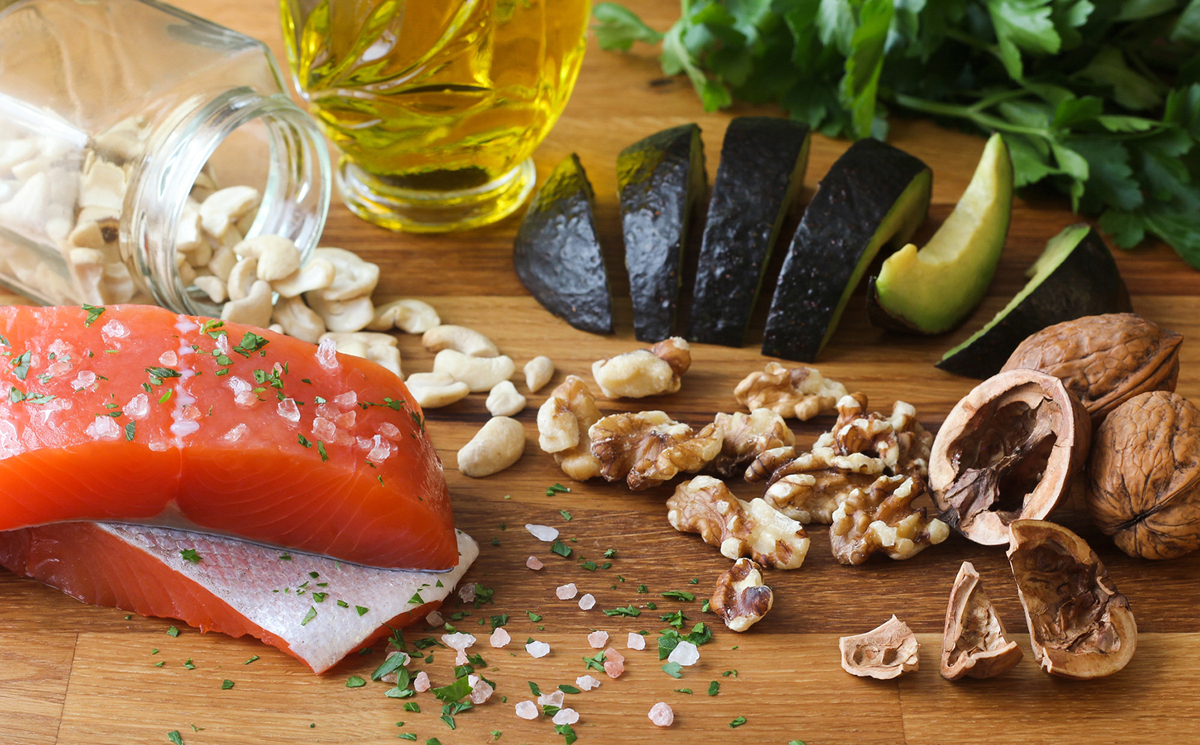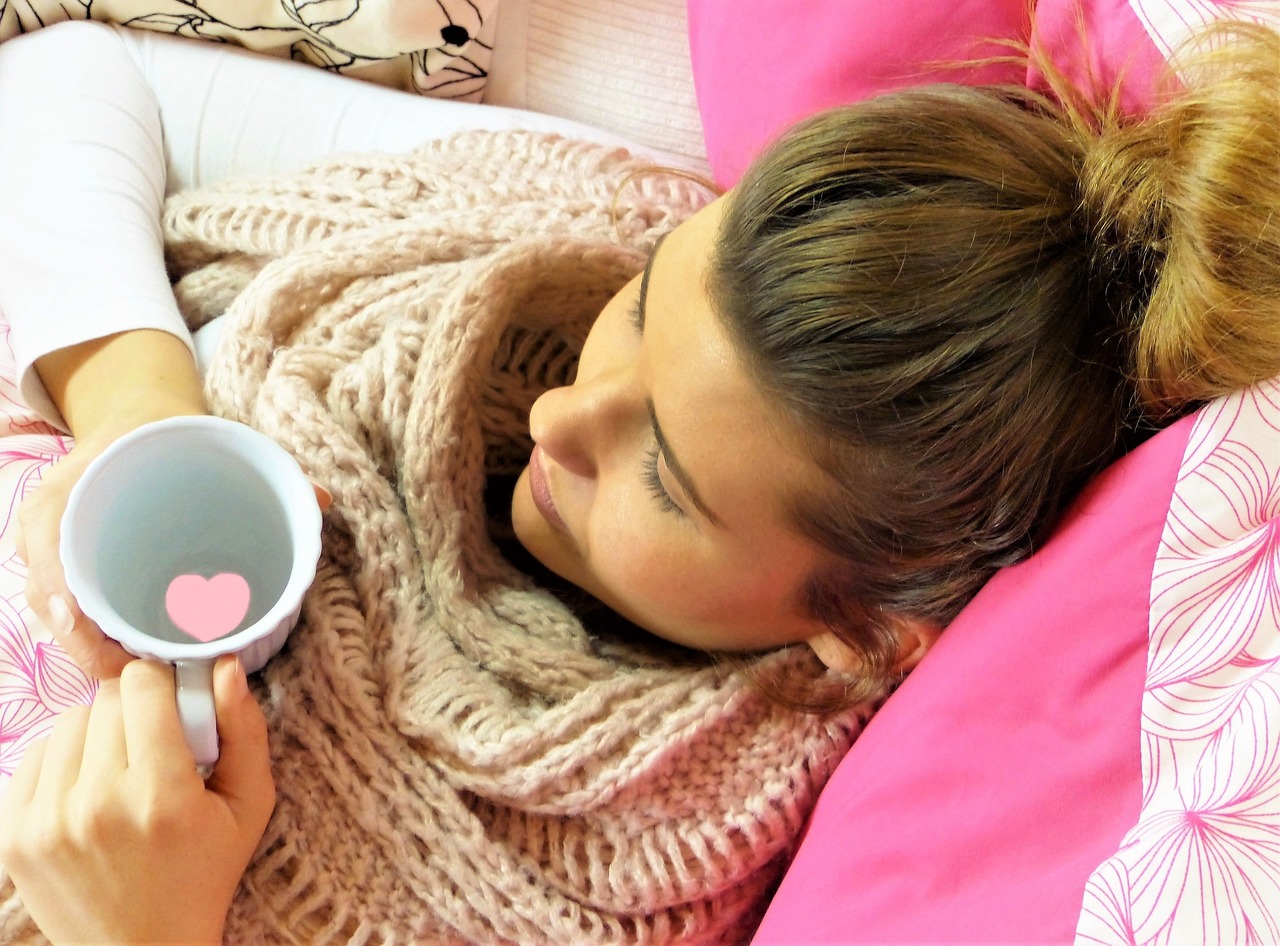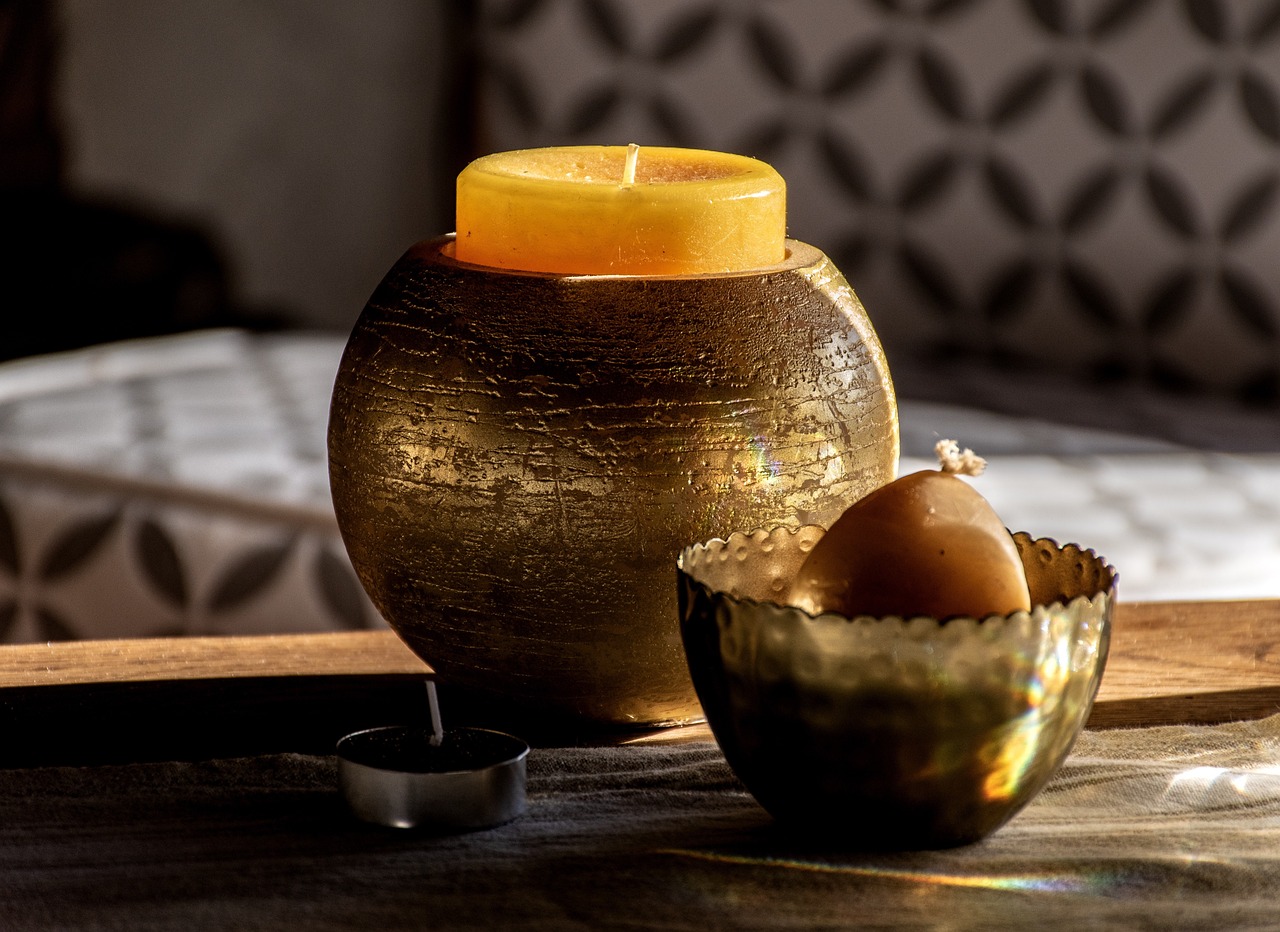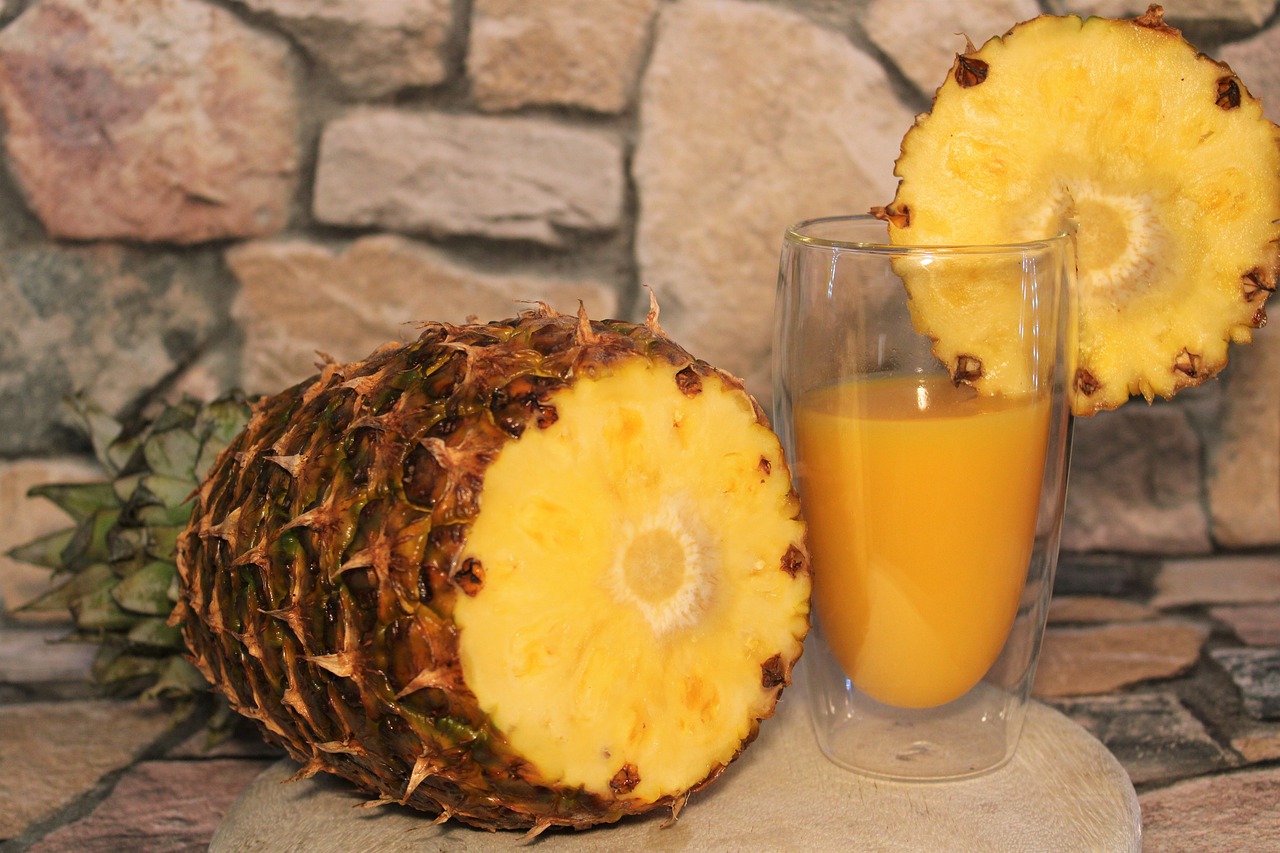Uva Ursi- Medicinal Uses, Interactions, Side Effects, Dosage
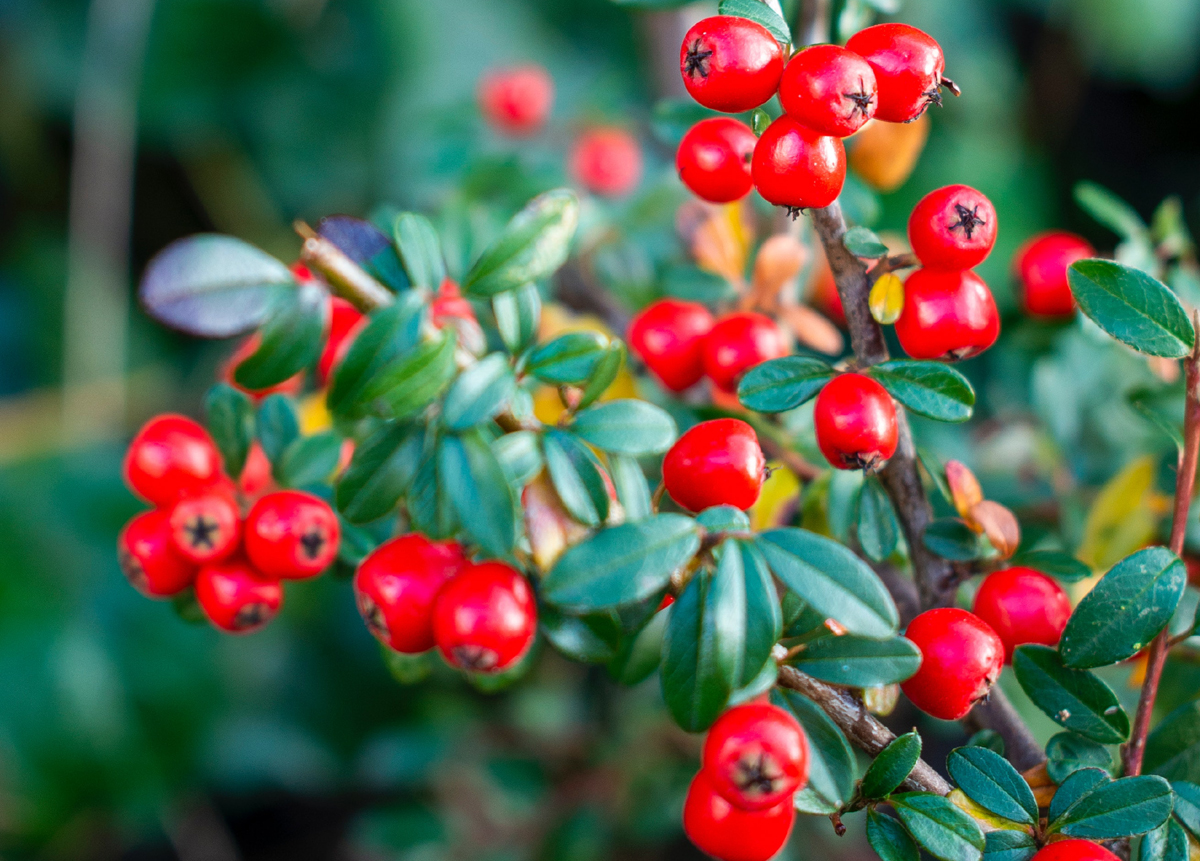
Uva Ursi
Uva ursi, also called bearberry, refers to the plant Arctostaphylos uvaursi, the leaves of which are used in herbal medicine.
Uses and Benefits:
Uva ursi has long been used as a urinary antiseptic for mild urinary tract infections (UTls) or inflammation, and as an herbal diuretic. The herb is a common ingredient in a number of “bladder and kidney” teas and products, which are popular in European countries. Uva ursi also has been employed for centuries as an astringent or hemostatic for diarrhea and hemorrhages, probably due to its high tannin content.
Pharmacology:
Key constituents of the leaf include hydroquinone glycosides (4-15%) such as arbutin, polyphenols such as tannins (10-20%), flavonoids, and triterpenes Arbutin is most likely hydrolyzed to hydroquinone in the gastrointestinal tract, which is eliminated in the urine in small amounts. Uva ursi extracts, arbutin, and hydroquinone all have antimicrobial activity. In a series of European experiments, hydroquinone was found to be the most active constituent of uva ursi, which has antimicrobial activity in vitro against typical urinary pathogens in an alkaline urine environment (pH of 8), but not in an acidic urine (pH of 6). In rats with experimentally induced pyelonephritis, 25 mg/kg doses of a uva ursi extract were reported to have significant antibacterial and nephroprotective activity.
Clinical Trials:
Monopreparations of uva ursi have not been evaluated in clinical trials. However, a combination herbal product (UVA-E) was evaluated in one randomized, double-blind, placebocontrolled trial for UTls. This extract product (containing uva ursi as an antiseptic and dandelion as a mild diuretic) or a placebo was given to healthy women with recurrent cystitis. Treatment for month significantly reduced recurrence during the 1-year follow-up period, with no cystitis in the herbal group (0 of 30) versus 23% recurrence in the placebo group (5 of 27; P < 0.05). Another combination herbal preparation (containing uva ursi, hops, and peppermint) was used to treat patients suffering from frequent and painful urination. 3 Of 915 patients treated for 6 weeks, success was reported in 70%; however, this study was not controlled. No studies have evaluated uva ursi’s potential diuretic effects in humans.
Adverse Effects:
There are no reported side effects from uva ursi products. The high tannin content (10-20%) may cause Gl upset, and oxidation of hydroquinone may turn the urine a green-brown color.
Side Effects and Interactions:
The high tannin content of the herb could precipitate alkaloid drugs, and bind iron or other metal ions. Foods or drugs that produce an acidic urine could presumably reduce the urinary antimicrobial effects of uva ursi, while alkanization of the urine would enhance this effect.
Cautions:
Hydroquinone is toxic in large doses. Severe toxicity has been reported from ingesting 1 g, and death from 5 g. However, large doses of the herb have reportedly been consumed without adverse effects, probably because hydroquinone is primarily available as arbutin; the concentration of hydroquinone ingested in usual doses is not thought to be toxic. Nevertheless, hydroquinone has poorly documented hepatotoxic, mutagenic, and carcinogenic potential. Coupled with hydroquinone’s known toxic effects in large doses, and uva ursi’s high tannin content, these concerns have persuaded herbal authorities to recommend limiting uva ursi’s duration of therapy to 1-2 weeks at a time. For similar reasons, the herb is best avoided in pregnancy and lactation, and in children.
Preparations and Doses:
Two to three g of an oral dried-leaf preparation (containing roughly 100-200 mg of arbutin) are usually taken 3-4 times daily.The combination product used in the positive clinical trial, UVA-E (Medic Herb AB, Sweden), was dosed as 3 tablets t.i.d., but the quantities of uva ursi and dandelion extracts were not reported. Teas, fluid extracts, and tinctures are also used, and cold water extraction of the leaves should reduce the level of irritating tannins.
Summary Evaluation
Uva ursi has a long history of use as a urinary antiseptic and diuretic.
The Author:
Steve Mathew is a writer, who writes many great articles on herbal medicines for common ailments and diseases.
Photo. Patrycja Grobelny

